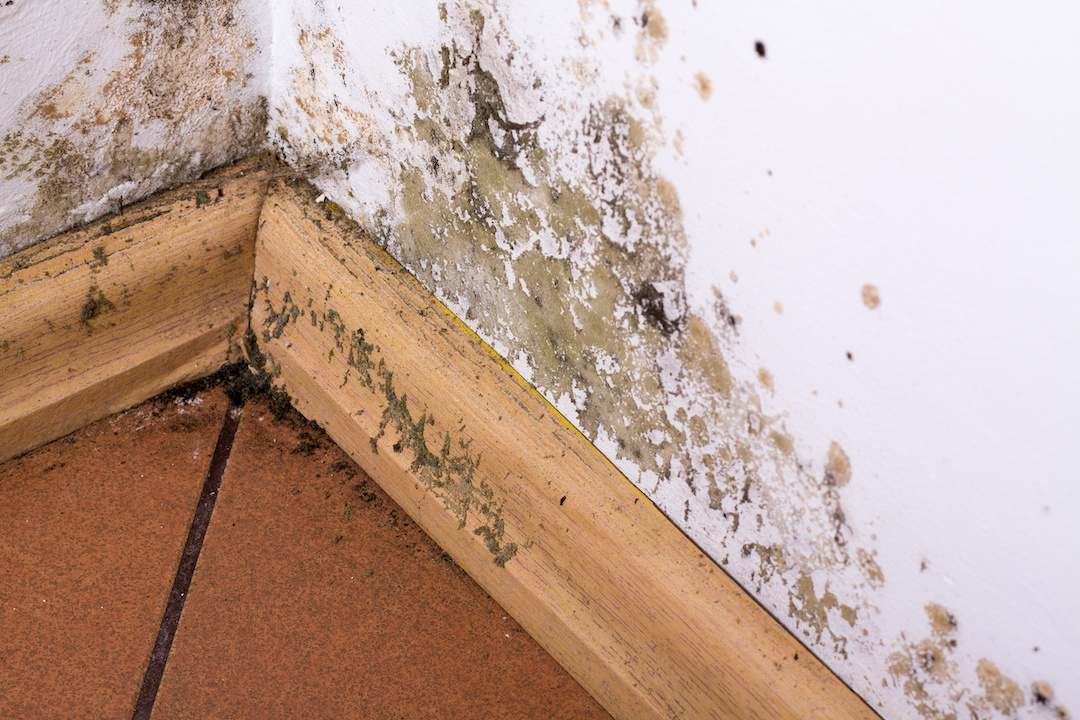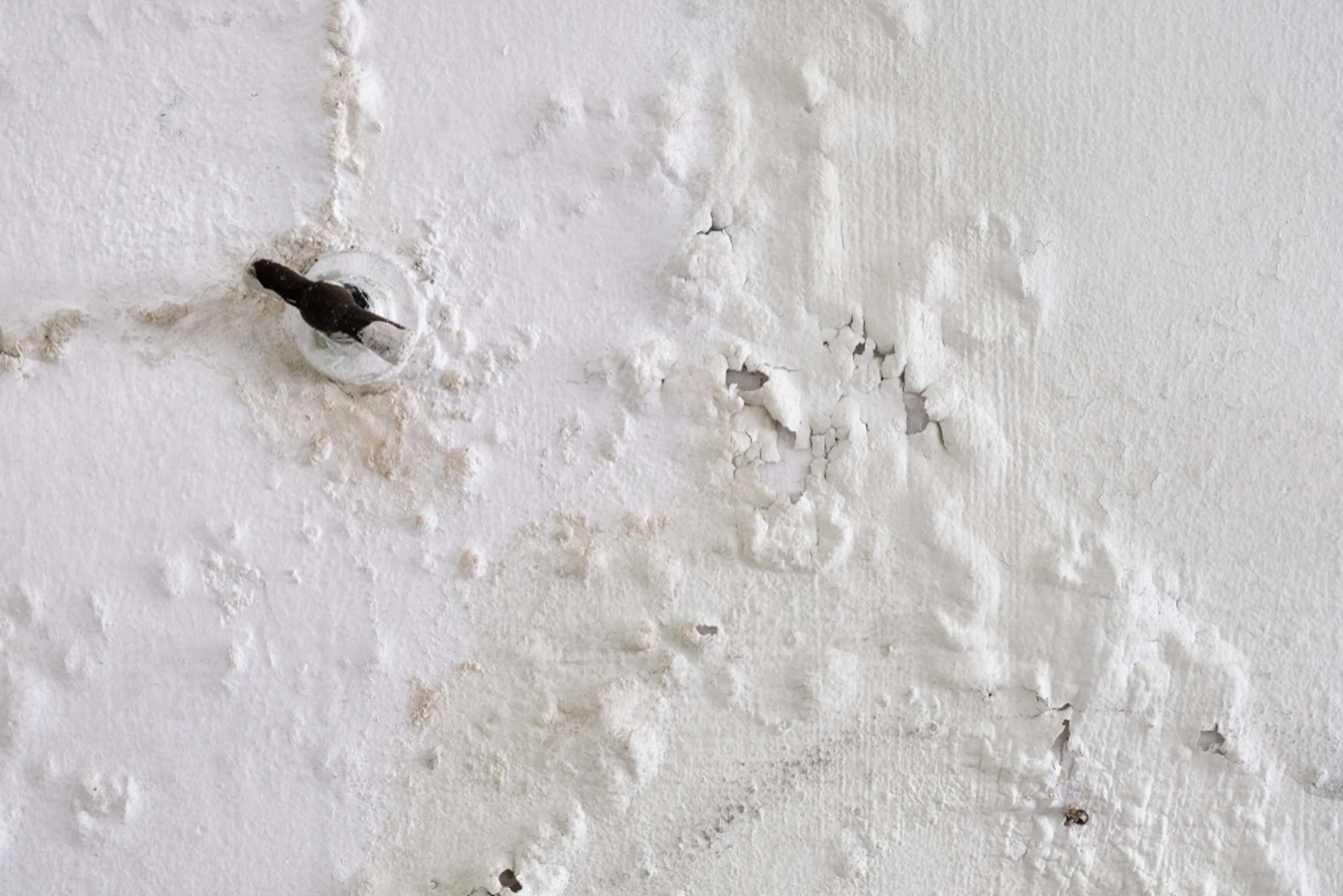The Process of Water Damage Clean-up: Guaranteeing Your Home Is Restored Properly
Water damage can be a complicated difficulty for property owners, requiring a structured and precise cleaning process to restore safety and security and performance. Originally, an extensive analysis is critical to determine the extent of the damage and identify the proper remediation actions. Following this, effective water removal methods play a critical duty in mitigating more damage. Nevertheless, the subtleties of drying, sterilizing, and ultimate repair are similarly important and typically forgotten. Comprehending these phases can make a considerable distinction in the result of your home's reconstruction, motivating a closer check out what each action requires.
Analyzing the Damage
Upon finding water damages, the very first action is to thoroughly evaluate the extent of the effect. This initial examination is important, as it helps figure out the required steps for reliable cleanup and reconstruction. Begin by examining the affected areas, consisting of wall surfaces, ceilings, floors, and personal belongings, to identify the source of the water invasion, whether from flooding, leakages, or condensation.
Recording the damages is essential for both insurance cases and intending repair initiatives - damage restoration services. Usage pictures and created notes to capture the extent of the damages, noting any afflicted structural elements and materials. Pay unique focus to locations that may not be right away visible, such as behind wall surfaces and under carpets, as concealed wetness can cause more issues, including mold and mildew growth
In addition, evaluate the timeline of the water exposure. Ultimately, a comprehensive analysis lays the groundwork for an effective water damage cleaning process, making certain that all impacted areas are resolved properly and thoroughly.
Water Extraction Techniques

Professionals normally utilize completely submersible pumps for bigger volumes of water, which can swiftly relieve flooding in cellars or other impacted locations. For smaller sized amounts, wet/dry vacuum cleaners are frequently used to extract recurring dampness from carpets and hard surface areas. Additionally, using mobile extractors permits targeted elimination in constrained rooms or locations with delicate materials.
In instances of infected water, such as sewer or floodwater, progressed removal methods may involve making use of biohazard equipment to guarantee security and conformity with wellness laws. High-powered extraction devices are critical in reducing water retention in architectural products, which can bring about mold and mildew development and structural degeneration if not dealt with quickly.
Inevitably, the effectiveness of water removal techniques plays a pivotal duty in the general success of the water damages clean-up process, preparing for succeeding repair initiatives.
Drying and Dehumidification
Once standing water has actually been effectively extracted, the following essential phase in the water damage cleaning procedure is drying out and dehumidification. This step is vital to prevent further damages and mold growth, which can happen within 24 to 2 days in moist settings.
To accomplish effective drying, customized devices such as industrial-grade air moving companies and dehumidifiers is employed. Air movers flow air across wet surfaces, enhancing dissipation prices, while dehumidifiers lower humidity levels in the air, promoting a favorable setting for drying. The mix of these tools ensures that moisture is extracted from wall surfaces, furnishings, and floorings, permitting them to dry thoroughly.
It is essential to monitor the drying procedure very closely. Professionals frequently utilize wetness meters to evaluate the moisture content in numerous materials, making certain that all influenced locations get to acceptable dryness levels. This meticulous strategy helps to stop hidden moisture pockets that can lead to structural damages or harmful mold development.

Cleansing and Disinfecting
After the drying out and dehumidification stage is full, Read Full Article the following essential action in water damage cleanup is cleaning up and sterilizing the impacted areas. This procedure is crucial to avoid the growth of mold, bacteria, and other pathogens that flourish in moist environments.
The cleaning stage generally includes eliminating any type of debris, dirt, and impurities from surfaces utilizing specialized cleaning representatives. For difficult surfaces, a combination of soap and water or industrial cleaning products is frequently employed. Soft products, such as furniture and carpetings, might need a lot more substantial cleaning methods, including steam cleansing or deep removal techniques, to ensure comprehensive sanitation.

Sterilizing follows cleansing, using EPA-approved anti-bacterials to remove dangerous microorganisms. This action is vital, especially in areas that might have come into call with floodwaters or sewage, as these resources can posture significant health dangers.
In addition, it is necessary to address any staying odors, which might require using odor neutralizers or innovative techniques like ozone treatment. Proper cleaning and disinfecting not only bring back the safety and health of your home but likewise lay the foundation for successful repair and repair work in succeeding stages of the water damage clean-up procedure.
Remediation and Fixings

When the evaluation is complete, remediation efforts can begin. In addition, floor covering may call for comparable focus, depending on the degree of water exposure.
It is crucial to involve knowledgeable remediation experts during this procedure, as they possess the knowledge to handle intricate fixings successfully. They can assist mitigate prospective future issues, such as mold and mildew development or structural instability, hence guaranteeing a safe and habitable living setting. Eventually, effective reconstruction and repair work recover the home's integrity and boost its overall worth.
Conclusion
To conclude, the procedure of water damage clean-up is critical for recovering a home to its pre-damage condition. Each phase, from analyzing the damage to carrying out reliable water removal techniques, complied with by comprehensive drying, disinfecting, and necessary repair services, plays a vital duty in ensuring security and compliance with structure requirements. Effective execution of these actions not just minimizes immediate damages but also improves the long-lasting honesty and worth of the building.
Water damage can be a challenging challenge for property owners, demanding a structured and precise cleanup procedure to restore safety and capability. Inevitably, a detailed evaluation lays the groundwork for an effective water damage cleaning procedure, making sure that all affected locations are resolved properly and extensively.
Efficient water extraction strategies are necessary in reducing damages and preventing more issues following a water breach event.In conclusion, the process of water damage clean-up is vital for restoring a you can find out more home to its pre-damage condition. Each stage, from examining the damage to executing efficient water removal strategies, complied with by Find Out More extensive drying, sterilizing, and necessary fixings, plays an essential function in ensuring security and compliance with building criteria.